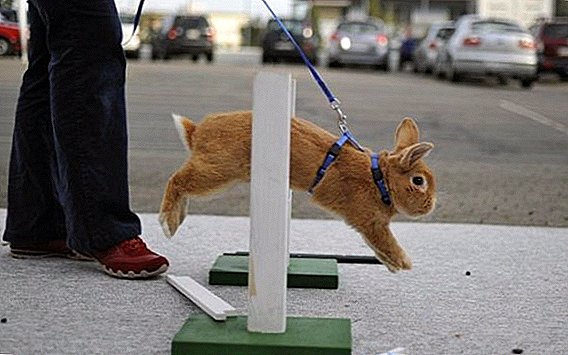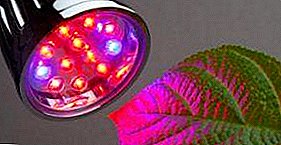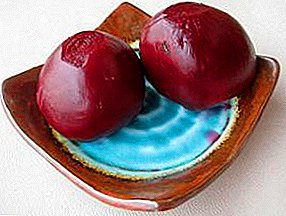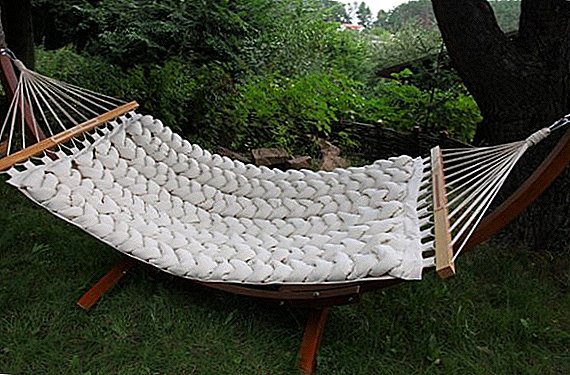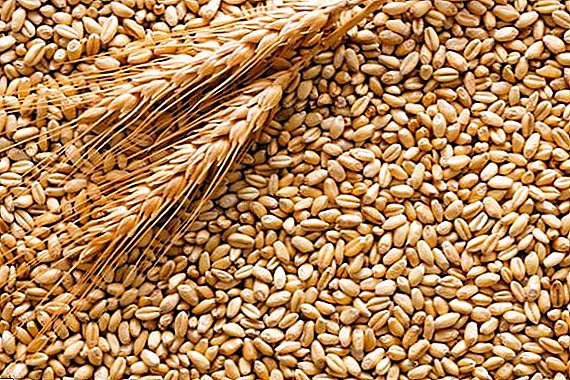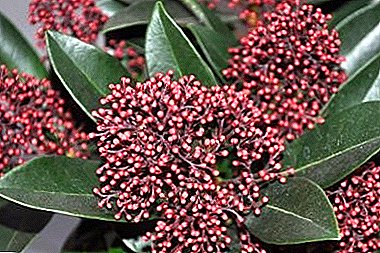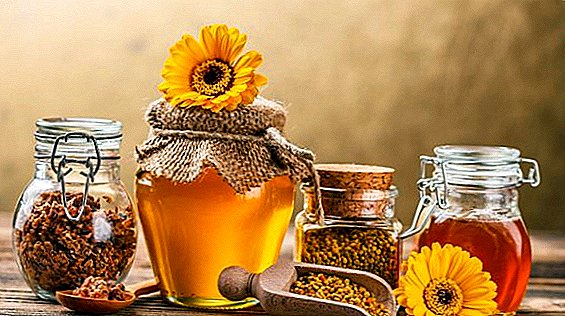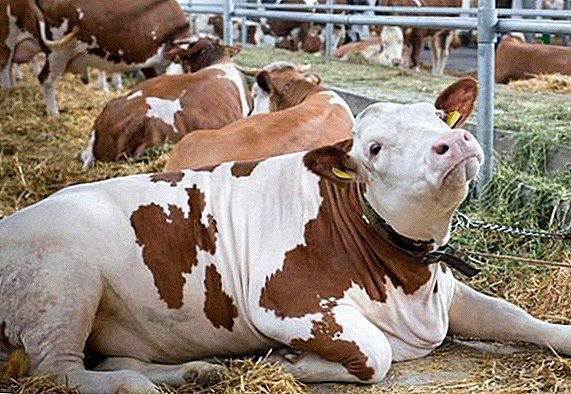 Any changes in the animal's body significantly affect its livelihoods.
Any changes in the animal's body significantly affect its livelihoods.
Rather dangerous period is the carrying and the birth of offspring.
There are cases when, after calving, a cow cannot stand on its hind legs.
Consider what could be the cause of this condition and how to deal with it.
Why the cow does not get up after calving
When a cow cannot stand on its hind limbs, there can be many reasons. One of the most frequent is difficult calving.  However, there may be others:
However, there may be others:
- first birth;
- congenital pathologies of the musculoskeletal system;
- narrow pelvis;
- big calf;
- hip injuries;
- joint inflammation;
- avitaminosis or calcium deficiency;
- unbalanced diet;
- poor conditions of detention;
- postpartum paresis.
Important! Postpartum paresis is a serious disease associated with abnormalities in the animal's metabolism, and muscle weakness can lead to heart failure and even death if medical assistance is not provided in time.
How to help a cow get up after giving birth
If there are any serious problems with this condition, you need to help the animal stand up.  Farmers who have long dealt with cattle are advised to try the following manipulations:
Farmers who have long dealt with cattle are advised to try the following manipulations:
- Twist the tail. They take him in the middle and begin to carefully fold. It is important to ensure that the animal does not experience pain. Now you need to hold it in this state for up to 20 seconds, during which time the animal must stand up.
- Create a loud sound to scare the cow. Here you can make loud claps, screams and even tramp.
- A little strangle. Despite the rigidity of the method, this will cause the animal to rise. To do this, close the mouth and nose tightly for 15 seconds.
- Impact current. The most cruel, but effective way. It is necessary to take the electric runner and touch it to the tail part of the cow.
If the cow is up, help her stay in that position for the maximum time possible. In case of a repeat fall, take a break and try again.
The breeds of cows with high milk productivity include such as the red steppe, the Dutch, Shorthorn, Yaroslavl, Ayshir, Kholmogory, and the meat breeds are the Hereford, Aberdeen-Angus, Kalmyk, Belgian Blue.
When the cow itself is able to stand for a long time and even move, you can leave her alone with the baby without any fear. 
What if she could not get up and was left to lie
If, even after several attempts to help the animal to rise, it was still not possible, you need to call a veterinarian and create good conditions for the cow:
- turn it from side to side;
- spread a bed of soft hay;
- eliminate drafts;
- tie the hind legs so that the animal cannot stand up without your presence and does not injure itself anymore;
- Massage the area of the sacrum with light circular motions.
After examination, medication may be prescribed by a specialist to help the female animal return to full-fledged life.
Important! If the animal will lie for a long time without movement in the wrong position, it can lead to progressive paralysis. In this case, the cow will not be able to move and live normally.
Prevention of postpartum paresis
To minimize the likelihood of complications in a cow after giving birth, you need to keep a close eye on the animals and create comfortable conditions for living.  In addition, you need:
In addition, you need:
- to balance nutrition properly;
- Do not overfeed while reducing the amount of milk;
- 2 weeks before calving to give concentrates, and for 7 days to introduce vitamin D intramuscularly;
- immediately after calving, feed the animal with water and salt.
Did you know? In the wild, cows feed their babies with milk until they reach 3 years of age.
As you can see, problems with hind limbs in cows after giving birth is a rather serious problem. However, if you immediately begin to carry out the necessary manipulations and not lose time, you can help the animal.


